Soju vs sake? Korean and Japanese cuisines are well-known for their exquisite flavors and thorough preparation methods. These culinary traditions are incomplete without alcoholic beverages that hold significant cultural and social value. Two popular choices when it comes to this are soju and sake. They represent traditions, celebrations, and social interactions in Asian countries. While both soju and sake play key roles in their respective cuisines, there are many differences between them that make them unique.
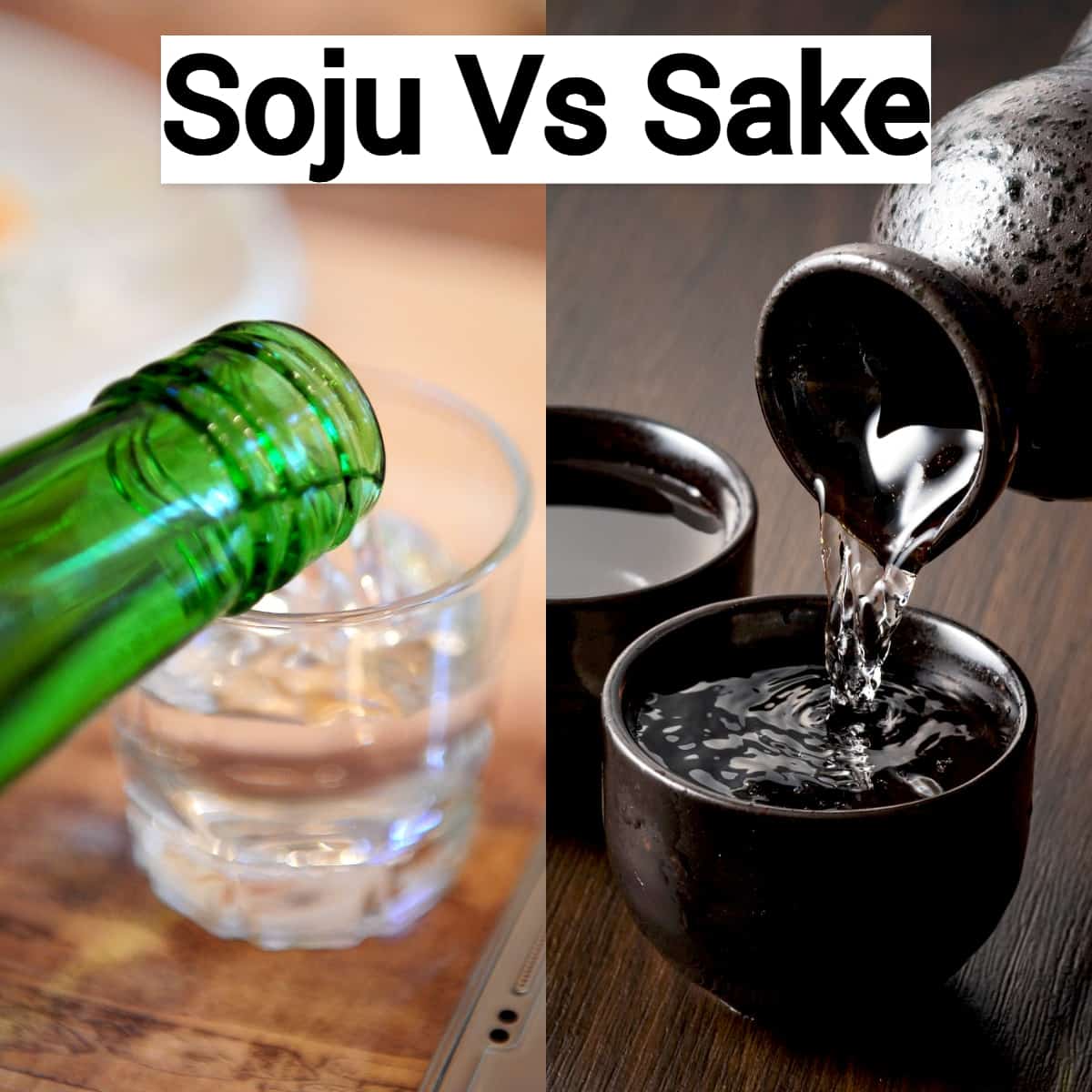
Jump To
In this blog post, I will delve into the histories, production methods, flavor profiles, cultural significance, and more to help you understand the key differences between soju and sake. By the end of this post, you'll have a deeper appreciation for these traditional libations and the knowledge to choose the one that suits your taste and occasion. Let's begin:
What is Soju?
The iconic Korean spirit of soju has become very popular domestically and internationally. It is a distilled, clear spirit crafted from base ingredients like rice, barley, or sweet potatoes. Its versatility is one of the top reasons for its increased popularity. Also known as Korean vodka, soju can be enjoyed neat or added to cocktails. This makes it suitable for different occasions. The cost-effective nature of the distilled spirit has also contributed to its popularity and made it accessible to a wide range of consumers.
What is Sake?
Sake is an essential part of Japanese cuisine. It is a traditional Japanese rice wine crafted through a careful brewing process that brings out its unique flavors. Sake has become popular worldwide thanks to its distinctive taste and cultural significance. The attention to detail in sake production and the value it receives during celebrations and ceremonies have increased its popularity in recent years.
Soju vs sake – key differences
There are many key differences between the two Asian spirits. The following aspects highlight those differences:
History/origin
Soju’s origins date back to ancient South Korea, where it was used as a grain-based beverage with a long history. Sake holds an equally ancient heritage in Japan. Its brewing tradition has evolved. These distinct origins of popular alcoholic beverages contribute to their unique characteristics.
Ingredients and production
Soju’s composition varies based on the selected base/main ingredient, resulting in various flavors and aromas. Its production process generally involves multiple distillations to achieve the desired purity. Traditional soju is typically made from grains like rice, wheat, or barley, but modern versions may use sweet potatoes, tapioca, or other starches. On the other hand, Sake relies on a careful fermentation process involving rice grains, water, yeast, and koji mold. Such a brewing process contributes to the drink’s layered and nuanced flavor.
Brewing process
Soju distillation gives it a higher alcohol content than sake, typically lower because of its fermentation method. This makes Korean soju a more versatile and potent distilled beverage. Sake, on the other hand, boasts a more nuanced, gentle profile.
Alcohol content and calories
Soju generally has a higher alcohol content. It is typically around 20-25%. Compared to this, sake has a relatively lower alcohol content (15-20%). Regarding calorie content, soju tends to be slightly lower than Japanese sake. This makes it a popular choice for individuals who are mindful of their calorie intake.
Flavor
Soju has a neutral, clean flavor, which allows it to blend perfectly with a variety of mixers and also makes it a versatile base for soju cocktails. Some of its flavored variations can even be enjoyed at room temperature. The Japanese alcoholic beverage sake has a delicate and complex flavor profile. It is best savored on its own to fully appreciate its unique character.
Aroma
The aroma of sake is characterized by its elegance and subtlety. It is often described as fruity, floral, or even slightly nutty. On the other hand, Soju has a milder, soft aroma, allowing it to adapt to different taste profiles when used in cocktails.
Cultural significance and drinking traditions
Soju represents warmth and friendliness in Korean culture. It is often served in a communal setting to foster bonding among family and friends. There is a common tradition to serve the first shot of soju to the oldest person in the group out of respect. Sake is associated with formal gatherings and ceremonial rituals in Japanese culture. This ceremonial drink is traditionally sipped from a small cup or shot glass to reflect a reverence for the distilled drink and the occasion.
Food pairings
The natural flavor of soju makes it a versatile choice for various Korean spicy dishes, especially seafood. Kimchi and fried chicken also go well with soju. The clear distilled liquor enhances the dining experience across many flavors. Sake’s subtle flavors make it an ideal match for Japanese cuisine, specifically sushi, sashimi, tempura, and steamed rice dishes.
Is sake or soju a wine or vodka?
Sake and soju are neither wine nor vodka. They are distinct alcoholic beverages with their unique characteristics.
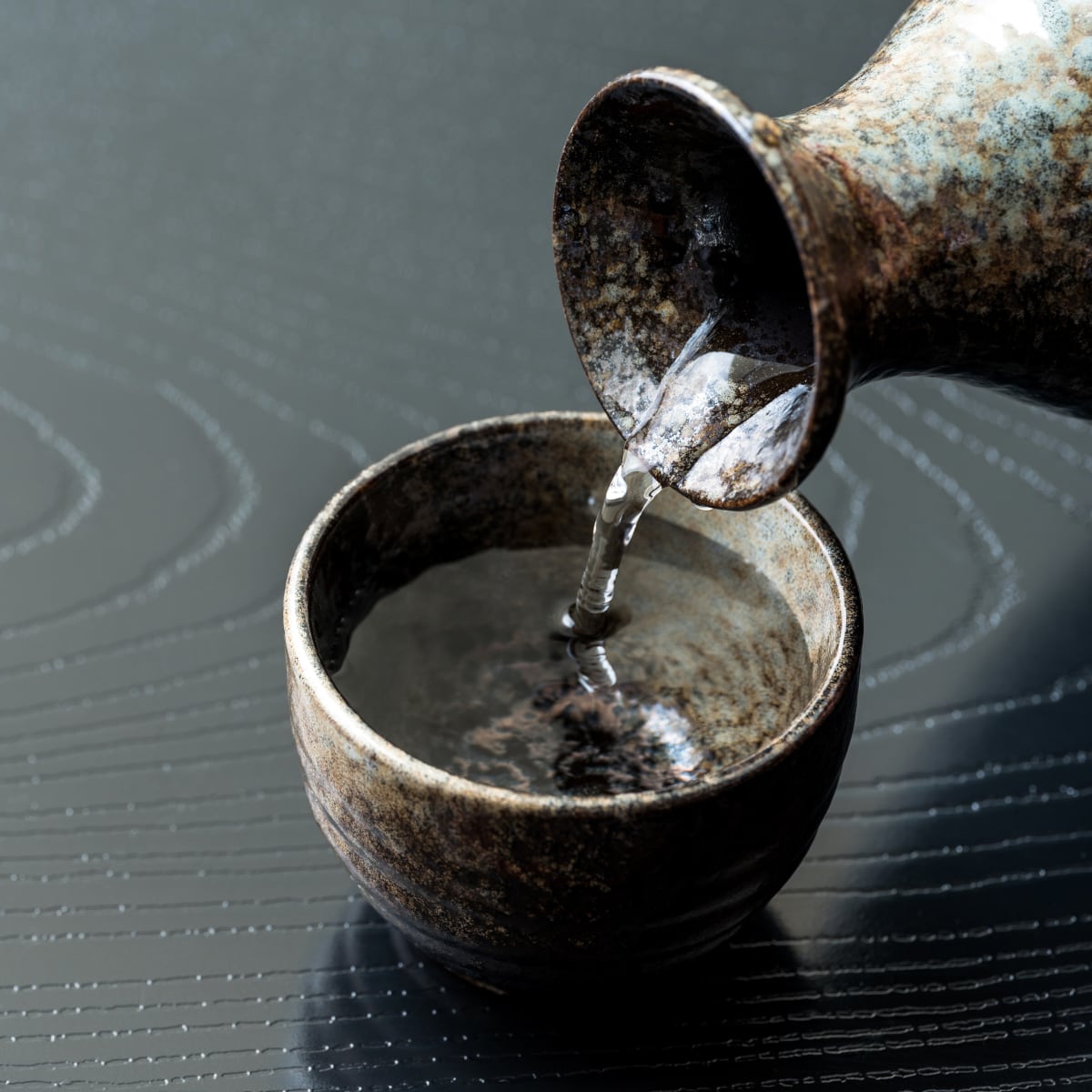
Sake:
- Sake is a Japanese alcoholic beverage made from rice. It is not classified as a wine or vodka.
- Sake is more similar to wine in terms of production. It undergoes a fermentation process, where rice starches are converted into sugars by yeast. However, unlike wine, sake's fermentation process includes multiple parallel fermentations of rice starches into alcohol. Sake typically has an alcohol content similar to wine, ranging from around 15% to 20%, although some premium sakes can have higher alcohol content.
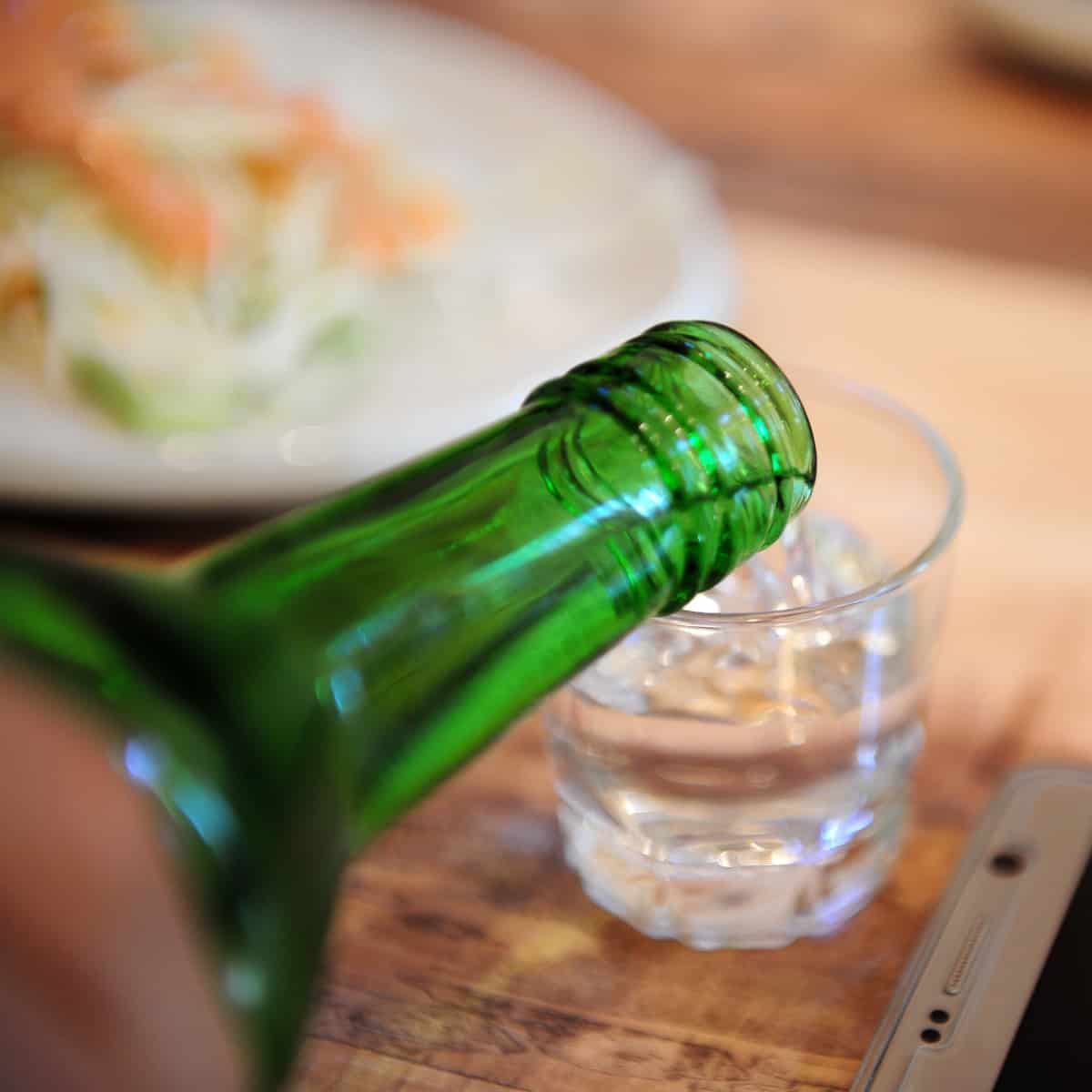
Soju:
- Soju is a Korean distilled spirit. It is not classified as a wine or vodka.
- Soju is closer to vodka, as it is a clear distilled spirit with a relatively high alcohol content. Soju's alcohol content can vary but generally falls in the range of 16% to 25%, although some soju brands can be even stronger.
Sake is more akin to wine regarding production and alcohol content, while soju shares some similarities with vodka due to its distillation process and higher alcohol content.
How to make sake bomb and soju bomb
A "sake bomb" is a popular and fun drink that combines sake and beer. It's typically enjoyed as a fun social drinking ritual at Japanese restaurants or bars. Like the sake bomb, a Soju Bomb is a popular mixed drink in South Korea that combines soju with beer.
To make both bombs, you will need one shot of sake or soju (usually poured into a shot glass), one glass of beer (typically a light lager or pilsner), and Sake bomb apparatus or chopsticks (for the traditional method), it is optional. The ratio of each ingredient depends on whether you want a stronger or lighter drink!
Make a sake and soju bomb in 3 steps:
1. Pour a shot of sake(or soju) into a small shot glass. Fill a separate glass with your choice of beer. The glass should be large enough to accommodate both the sake shot glass and the beer.
2. There are two common ways to set up the sake bomb: The traditional method is to place two chopsticks parallel to each other across the top of the beer glass. The shot glass filled with sake(or soju) should be balanced on top of the chopsticks to be suspended over the beer. Ensure the shot glass is stable but not touching the beer. The modern method uses a specialized sake(or soju) bomb apparatus that holds the shot glass above the beer, making it easier to drop the sake into the beer.
3. Gather your friends around the table and prepare to perform the sake(or soju) bomb together. The idea is to coordinate and simultaneously drop the sake shot into the beer glass.
Sometimes, there's a chant or a countdown before the sake(or soju) shot is dropped into the beer. It can be simple like "Sake, sake, sake, bomb!" or "Three, two, one, drop!" When the chant or countdown reaches zero, use your fingers to knock out the chopsticks (if using) or simply drop the sake shot glass into the beer. As soon as the sake(or soju) shot glass drops into the beer, quickly pick up the glass and drink the entire concoction in one go. The goal is to finish it before the sake and beer can separate. Enjoy!
Both bombs can have a unique and enjoyable flavor combination. The sake and the soju add a touch of sweetness and complexity to the beer.
How to store soju and sake?
Both soju and sake are sensitive to light, temperature, and air, so proper storage is essential to maintain their quality. Here's how to store them:
Storing Soju
Soju is best stored at a cool and consistent temperature. Room temperature is generally fine but avoid extreme temperature fluctuations. It's not necessary to refrigerate unopened bottles of regular (non-flavored) soju, but it can be stored in the refrigerator to keep it chilled if you prefer to drink it that way.
Soju bottles should be stored away from direct sunlight and bright artificial light. Ultraviolet (UV) light can affect the flavor and quality of soju over time. Store soju bottles upright rather than on their sides. Unlike wine, soju does not typically benefit from being aged, and storing it upright prevents any potential interaction with the cork or cap.
Storing Sake
If you plan to consume sake within a short period (weeks to a couple of months), I recommend storing it in the refrigerator, especially for unpasteurized or "nama" sake, which is more perishable. You can enjoy sake chilled, so refrigerating it doesn't harm the taste.
Sake is very sensitive to temperature, so it should be stored in a cool, stable environment. The ideal temperature range for storing sake is around 45-55°F (7-13°C). Like soju, sake should be protected from direct sunlight and strong artificial light. UV rays can damage the delicate flavors of sake. You can store sake either upright or on its side. However, if you store it upright, be sure the sake level is above the cork to prevent it from drying out and allowing air to enter.
Remember that once a bottle of sake or soju is opened, it's best to consume it relatively quickly (within a few weeks to a few months) to enjoy its full flavor and freshness.
Soju vs sake: which is the better choice?
Overall, both soju and sake have impressive characteristics and hold great significance in their respective cultures and cuisines. The choice between the two ultimately depends on personal preference and the context of the occasion. Soju’s adaptability and higher alcohol content make it suitable for social gatherings and cocktails. At the same time, sake is ideal for formal occasions and authentic Japanese dining experiences thanks to its intricate flavors and cultural value.
There is no clear winner, as both alcoholic drinks hold their own in terms of taste, tradition, and cultural significance. I hope you enjoyed this post! So, which one is your favorite? Leave your comments below.:)

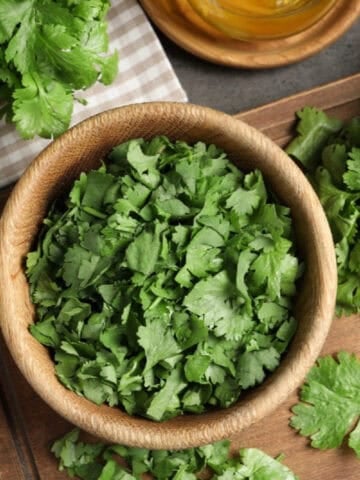
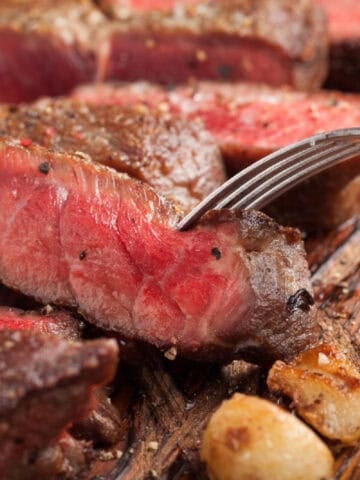

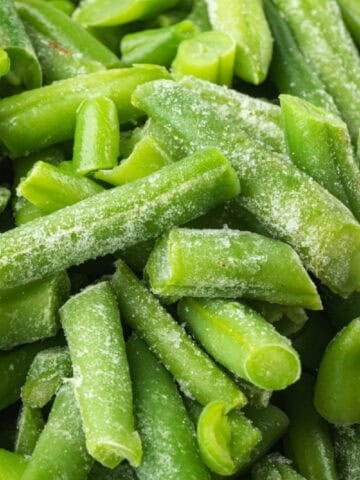
Leave a Reply